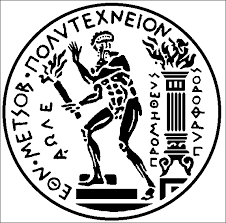This item is provided by the institution :
 National Technical University of Athens
National Technical University of Athens
Repository :
Digital Library of National Technical University of Athens | Dspace@NTUA

